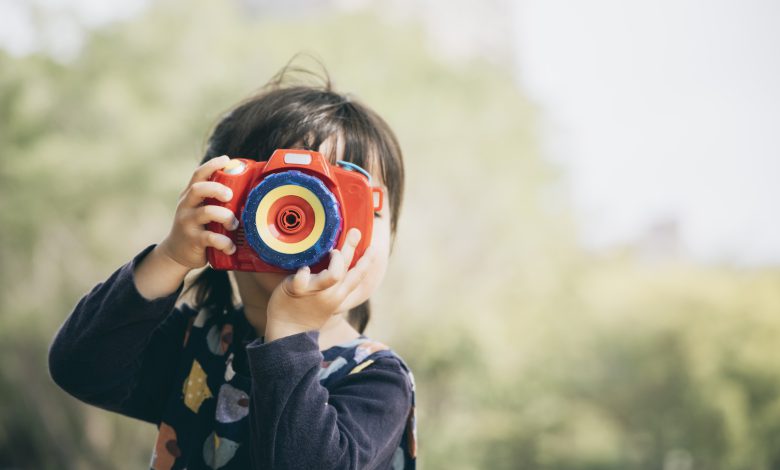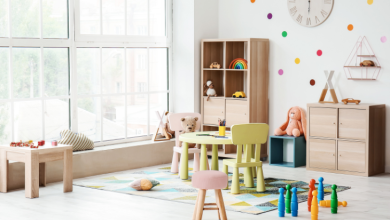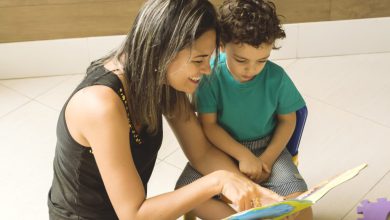Building Strong Vocabulary Through Studies

I love words. Mostly, I love when I know the right words to say exactly what I mean. I also love knowing what other people mean by the words they choose, regardless of whether those words are spoken aloud or written on a page.
Simply put, a strong vocabulary helps promote clarity for both the sender and receiver of messages.
A Reason to Learn New Words
Teachers employ a variety of methods to teach vocabulary. It makes sense (and is backed by the body of research known as “the science of reading”) that the method most likely to yield positive, lasting effects leverages authenticity and opportunity, meaning that the learner has an authentic reason to use the words being taught, that the opportunities for meaningful use are plentiful and ongoing, and that the learner is able to hear other people use them correctly in context.
Studies in The Creative Curriculum
—characterized by hands-on investigations of materials related to a topic of interest to children—provide an ideal set of circumstances for children to build vocabulary. Children have authentic reasons to learn the names of the concrete materials they interact with (such as lens, display, viewfinder, shutter button, and portrait during a study of cameras), but they also learn about abstract concepts related to those materials. As they learn about those concepts (such as aim, focus, and blurry), they learn the words that name and describe them. Furthermore, study work provides multiple opportunities for children to use those words over an extended period of time.
The Key to Comprehension
Even though studies are often centered around topics related to science and social studies, the support for literacy and vocabulary is an essential, intentional component of every set of plans in every Teaching Guide. That is actually one of my favorite aspects of studies: they offer rich, meaningful opportunities to develop the foundational skills necessary for a lifetime of learning.
Reading is a complex process, and the journey toward reading proficiency for any given child depends on many factors and the development of a variety of skills, most notably decoding and comprehension. The relevant question for early childhood educators is not just how to promote these skills independent of each other but how to help children use them in combination—and that’s where the beauty of vocabulary development through studies shines most brightly.
The link between vocabulary and comprehension is clear. For example, if I were learning to take a photo during the Cameras study but had not yet learned any vocabulary related to cameras, I would only hear the teacher say, “In order to do this thing, you need to do something to that thing, or else your something will be something else.” Once I know the relevant words, however, I realize that she is telling me that I can look through the viewfinder and adjust the lens to focus on the subject of my portrait so it will not be blurry.
Here are three helpful tips for building vocabulary during studies.
- Refer to the Teaching Guides. Important vocabulary is highlighted for you and defined with “teacher talk,” examples of dialogue that teachers might typically use when explaining something to young children. Include study-related vocabulary in the charts you and the children create, use it correctly during discussions and shared writings, and add it into your spontaneous conversations with children as they interact with study materials during their play.
- Use study-related vocabulary both during the study and whenever relevant situations arise throughout the year. For example, children may have learned about cameras in the fall but want to engage their photography skills the following spring during a study of trees, buildings, or insects. Make the most of these authentic opportunities to reinforce vocabulary learned earlier in the year.
- Remember that some study-related vocabulary will be topic-specific, but other, more general words and phrases are meaningful regardless of your topic. Words such as exploration, investigation, celebration, documentation, chart, sort, category, pattern, and compare will not only support their learning during each study but will set young children on the path toward reading proficiency, regardless of the topic they choose to read about.





